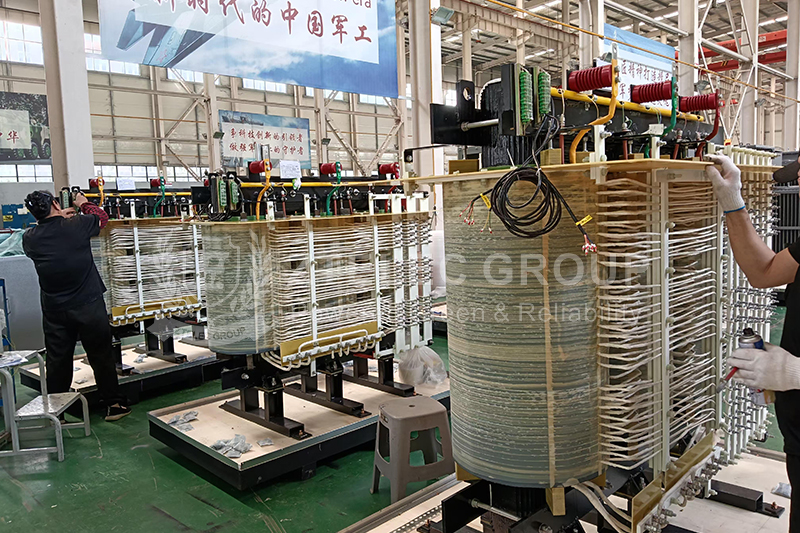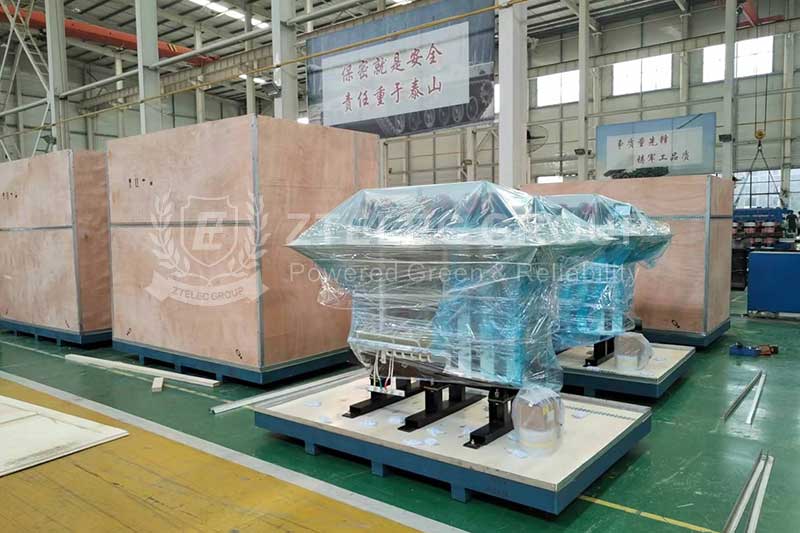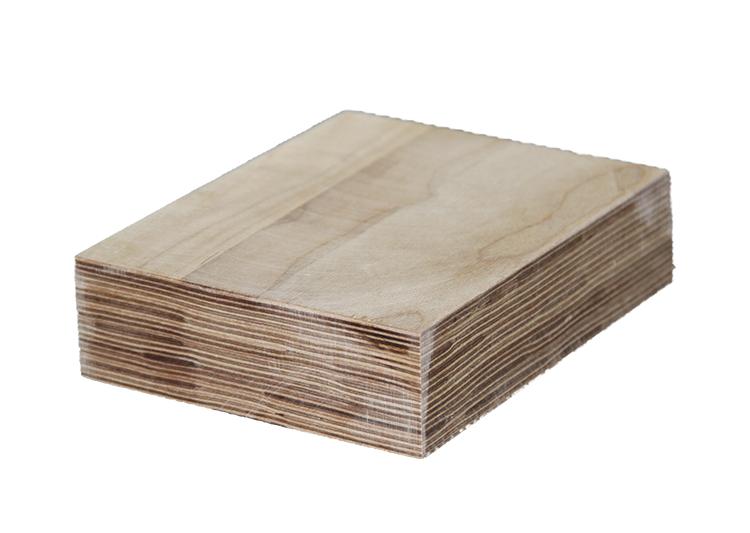The specific application of laminated wood parts in oil-immersed transformers
Laminated wood, also known as insulating laminated wood or high-voltage laminated wood. It is a high-performance composite material made by fusing birch flakes with phenolic resin and adhesives through high temperature and high pressure processes. With its unique physical and chemical properties, laminated wood is widely used in many fields such as electrical equipment, insulation components and mechanical support structures.
Introduction to electrical laminated wood specifications
Laminated wood has clear standards in terms of specifications:
Thickness: The conventional thickness range is 10-100mm, which can meet the needs of different application scenarios.
Size: Common conventional sizes are 1000×2000mm and 1500×3000mm, suitable for various processing and production.
Electrical performance: The insulation level reaches Class A (105°C). In an environment of 105°C, it can still maintain stable insulation performance.
Density and color: The regular density is between 1.1 - 1.2g/cm³. The overall color is the original color of wood, combining natural texture with industrial performance.
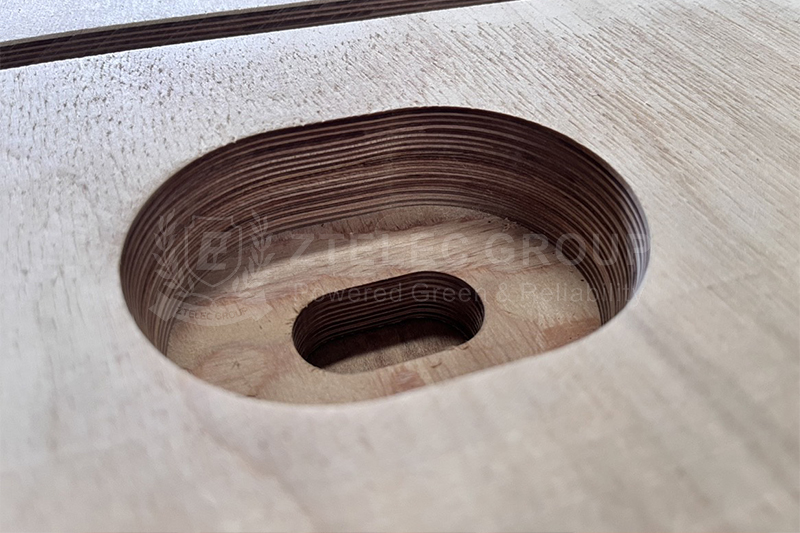
Core applications of laminated wood in oil-immersed transformers
1. Making coil skeletons and partitions
Inside the oil-immersed transformer, the coil skeleton and partition are key components. When the transformer is running, these components need to withstand mechanical stress and electromagnetic force. Electrical laminated wood has excellent mechanical properties and can effectively resist mechanical stress impact. At the same time, its excellent insulation performance can prevent electromagnetic interference and current leakage. Therefore, it becomes an ideal material for making coil skeletons and partitions, which can ensure the stable operation of the transformer.
2. Serving as a supporting structure
During the operation of the transformer, strong mechanical stress will be generated inside due to electromagnetic force. This places extremely high demands on the supporting structure. Laminated wood has high mechanical strength and can firmly support and fix components such as coils. It builds a solid structural foundation for the inside of the transformer to ensure that each component can still maintain the correct position and stable state in a complex electromagnetic environment.
3. Used for winding pressure plates and iron yoke pads
The performance requirements of winding pressure plates and iron yoke pads are strict. They not only need to have good insulation properties, but also have to withstand various stresses and vibrations during transformer operation. Laminated wood has excellent material properties. It can effectively isolate current and maintain structural stability under long-term vibration and stress. It fully meets these stringent requirements and provides reliable protection for the safe operation of the transformer.
4. Make lead brackets
The lead bracket is responsible for fixing and supporting the transformer leads. Laminated wood parts have good insulation performance and can effectively avoid the risk of lead leakage. At the same time, its processability is excellent, and the lead bracket produced can accurately adapt to the internal structure of the transformer. This ensures the stability of the lead during the operation of the transformer and improves the overall safety.
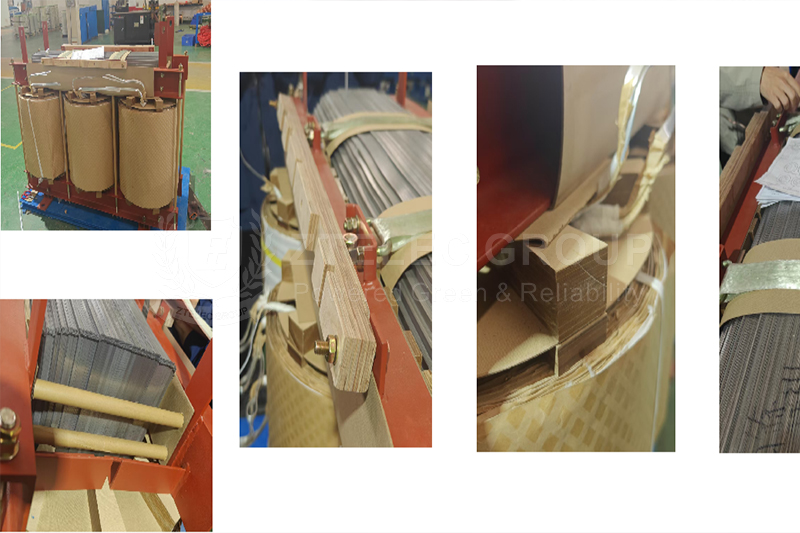
The important role of laminated wood parts in transformers
1. Achieve electrical insulation
Electrical insulation is the key to the normal operation of transformers. Laminated wood has excellent insulation performance, which can effectively isolate current and prevent electrical faults such as short circuits. It provides solid electrical protection for the safe and stable operation of transformers.
2. Provide mechanical support
Laminated wood has high mechanical strength and good toughness. Inside the transformer, it provides stable support for other components. This support can keep the relative position of each component stable during operation, reducing the loosening and damage of components caused by mechanical vibration and stress.
3. Heat and oil resistance
The internal working environment of oil-immersed transformers is complex, with high temperature and oil immersion. To adapt to such an environment, laminated wood usually undergoes special treatment processes such as impregnation resin. These treatments significantly improve the heat and oil resistance of laminated wood. Even under harsh working conditions, laminated wood can maintain stable electrical and mechanical properties, thereby extending the service life of the transformer.
4. Meet environmental protection and safety requirements
At a time when environmental protection concepts are becoming increasingly important, laminated wood is a renewable resource material. Compared with some synthetic materials, it is more environmentally friendly. The use of laminated wood helps reduce the environmental impact of electrical equipment production. In addition, its stable performance can effectively reduce the safety risks caused by electrical failures, achieving a win-win situation for economic and environmental benefits.
- more+releated article
- 2025-10-21Application of K Factor Transformer
- 2025-10-21Detailed explanation about transformer model w
- 2025-10-2010kV Oil-Immersed Transformer Safety: Lightnin
- 2025-10-20What are The Advantages of Phenolic Cotton Clo
- 2025-10-17Are Three-Phase Isolation Dry-Type Transformer
- 2025-10-17G10 Epoxy Sheet: Choosing the Right Specificat
- 2025-10-1610kV Oil-Immersed Transformer Operation Inspec
- 2025-10-163240-B Epoxy Phenolic Glass Fiber Cloth Lamina
- 2025-10-15G10 Epoxy Sheet: The Preferred Insulation Mate
- 2025-10-15Analysis of Energy-Saving and Noise Control Te

